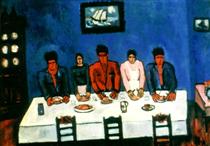
1877 - 1943
Marsden Hartley
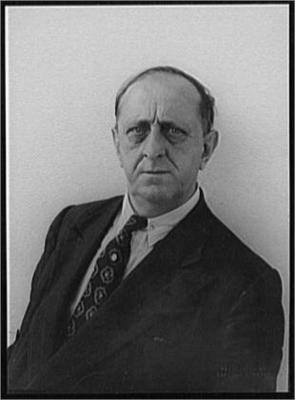
description
Marsden Hartley (real name: Edmund Hartley) was an American artist and poet, one of the largest representatives of avant-garde in his country. Spending much of his time in Europe, the artist joined a large and influential German group called the “Blue Horseman”. He also participated in prestigious European and American exhibitions. The works of Marsden Hartley are represented in large public collections throughout America as an important and integral part of the avant-garde movement in this country.
Key ideas:
– Experimenting with different techniques, Hartley developed his own technique of using intense colors. Mountainsides, cloudy skies and other scenic imagery always attracted the artist.
– During the “pre-European” period, the artist created a series of still lifes, in which he emphasized both the geometrical structure of objects and decorative elements. He used the brighter colors of the palette and planes with strongly induced contours inherent in Fauvism.
– Hartley created a series of symbolic still lifes in the Cubist manner, and also wrote a series of German military works known as portraits of officers. In them, the artist showed his talent to notice the mental and physical characteristics and accurately convey them in a piece. He selected the palette and technique of applying the smear in accordance with the task.
In the mature period of his career, the artist was immersed in mystical and metaphysical literature. He tried to clarify and simplify his own art and create “new optimism” and “new energy”. Inspired by the history of Mexico, Hartley put his understanding of spirituality into Mexican subjects. His pictures from that time are considered a powerful and logical bridge between the Berlin periods and subsequent work. The artist achieved a true connection between the mystical and spiritual roots of his art.
1877
1896
1899
1906
1909
1912
1913
1930
1940
1943
The birth of the artist
Studying
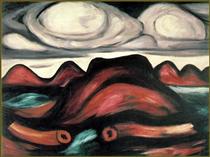
Moved to New York to continue studying
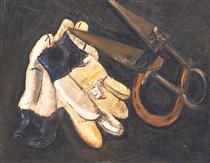
Edmund Hartley adopted the pseudonym Marsden Hartley
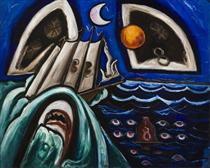
One year later, the first exhibition of Hartley was conducted in his house. Soon, having got acquainted with the works of M. Prendergast and G. Segantini, the artist became fascinated with the Neo-Impressionist style.
Began to work with a bright palette
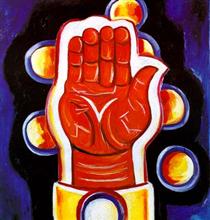
Hartley traveled to Paris
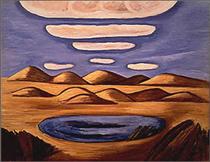
The artist went to Germany

The successful personal exhibition
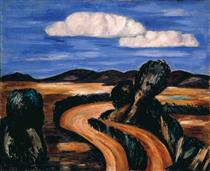
The artist painted landscapes, mostly marines, and monochromatic still lifes
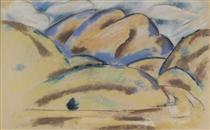
The death of the artist

Marsden Hartley
On Artist
flow
Impressionism
Post-Impressionim
Cubism
friends
Franz Marc
Lionel Feininger
artists
Wassily Kandinsky
Pablo Picasso
Henri Matisse
Giovanni Segantini
William Merritt Chase
George Inness
Maurice Brasil Prendergast
Max Weber
Paul Cezanne
Alfred More
By Artist
flow
Abstract expressionism
friends
Lionel Feininger
